- Home
- Explore Truckee
- Events
- News
- Play Outdoors
- Living Here
- Truckee Chamber
- Contact
- Business Directory
- Truckee Jobs Collective
- Member Login
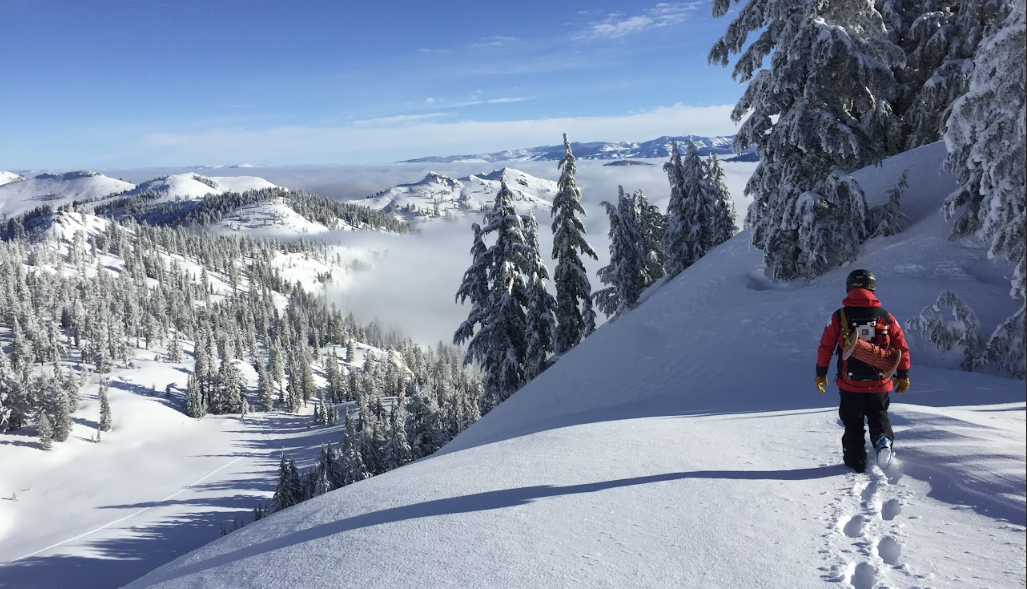
Skiing Without Ski Patrol Is Risky Business
March 23, 2024
From Truckee.com: An Insider’s Guide, Winter Issue
While your coffee is still brewing, local ski patrollers are suited up and planning for the day ahead. Their focus? Your safety. From chipping ice off the bottom of toboggans to throwing explosives to mitigate an avalanche, ski patrol is on the scene before the sun is, ensuring your day is full of only good memories.
While ski patrollers come from various backgrounds and interests, they all have one thing in common—a steadfast love of skiing. This common bond connects them and the mountains they patrol. “You get an intimacy with the mountain. And you really understand the conditions… so much so that you become an expert that allows you to be the best skier you can be,” said Sugar Bowl ski patroller Dan Mirkin.
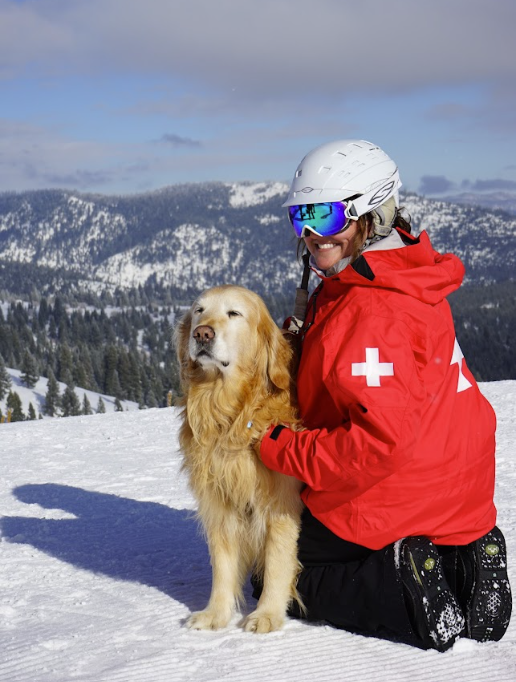
Ski patrollers are CPR certified and armed with advanced first aid knowledge gained through the Outdoor Emergency Care (OEC) course offered by the National Ski Patrol (NSP). The OEC course consists of intensive training on assessing, treating, and comforting injured skiers and riders. Mike Sinclair, a new ski patroller, recently took the OEC course and was surprised by the thorough instruction he received. “The quality of training is far beyond what I expected. We have everything from physicians to long-term National Ski Patrollers to registered nurses instructing us,” he said. “So, we’re getting a lot of information from many relevant sources. There’s an instructor for every single student, and they run us through one-on-one practice scenarios.”
With medical and mountain knowledge to back them, a ski patroller is constantly assessing all potential dangers at the resort every day.
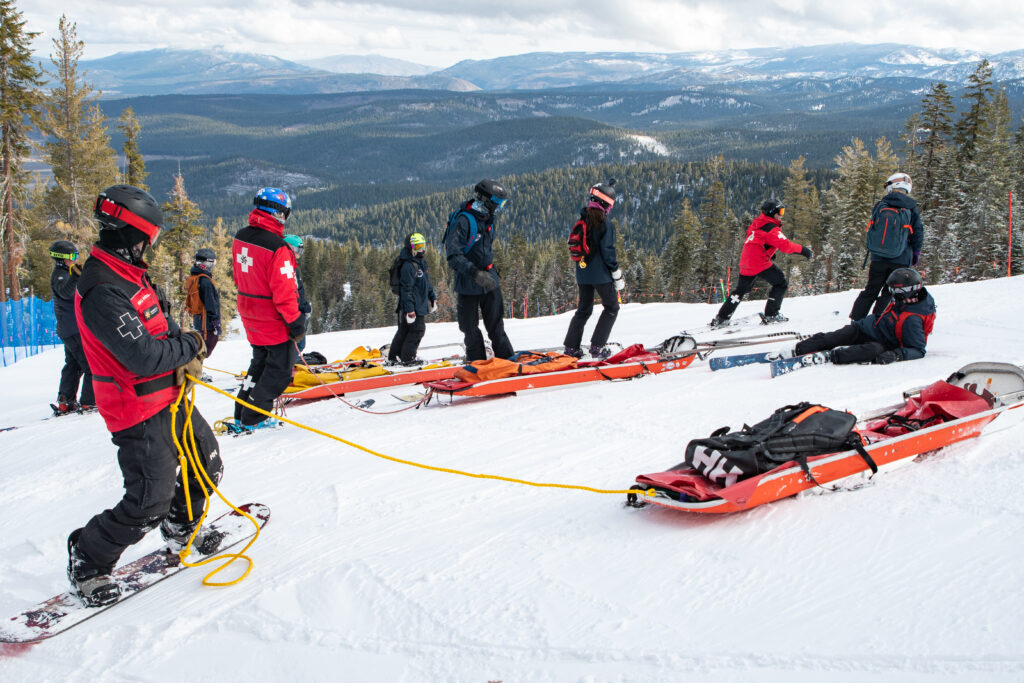
A Day in the Life of a Ski Patroller
As the sun’s rays slice over mountain peaks, the ski patroller is already on the move, ensuring that every skier and snowboarder can enjoy a day on the hill without becoming injured or lost. “Our main goal is safety. Avalanche mitigation, signage, ensuring the grooming is on point… it’s all about ensuring the public can enjoy their skiing experience without getting into places they shouldn’t,” said Dan. With no ambulances, helicopters, or easy way down, patrollers are the lifeline for those who become injured.
On a typical day, without a snowstorm, patrollers start early with a morning meeting well before the lifts begin turning. They are given assignments across the mountain, ranging from checking medical gear to ensuring signs and ropes are placed correctly to inspecting toboggans. Some arrive even earlier to gather essential weather data, which gets sent to organizations like the National Oceanic and Atmospheric Administration, or NOAA.
When storms roll in, the routine is much more intensive. “Control days,” as they’re known, can start as early as 5:15 a.m. The morning is a buzz of activity, from the “bomb squad” gathering explosives for avalanche control to route leaders planning avalanche mitigation efforts. Riding a lift in the pitch black of early morning while holding a bag of explosives is a surreal experience only a ski patroller can relate to. Storm days are dynamic, full of strategy, and require an intricate understanding of the mountain.
As Dan explained, the “patroller eye” is honed over time, constantly on the lookout for anomalies and potential dangers on the slopes. But beyond safety, some ski patrollers are also busy inspiring youth.
The Northstar Junior Patrol Program
Northstar’s Junior Patrol Program is backed by a simple idea: immerse youngsters in the day-to-day life of a ski patroller, providing them with a mix of fun and real-world skills. Open to the public, it attracts a variety of young skiers, providing participants with a broad understanding of the responsibilities carried out by a ski patrol team. For kids who have left ski racing or for those interested in the medical or rescue professions, the Junior Patrol Program connects youth with some of their heroes: real ski patrollers.
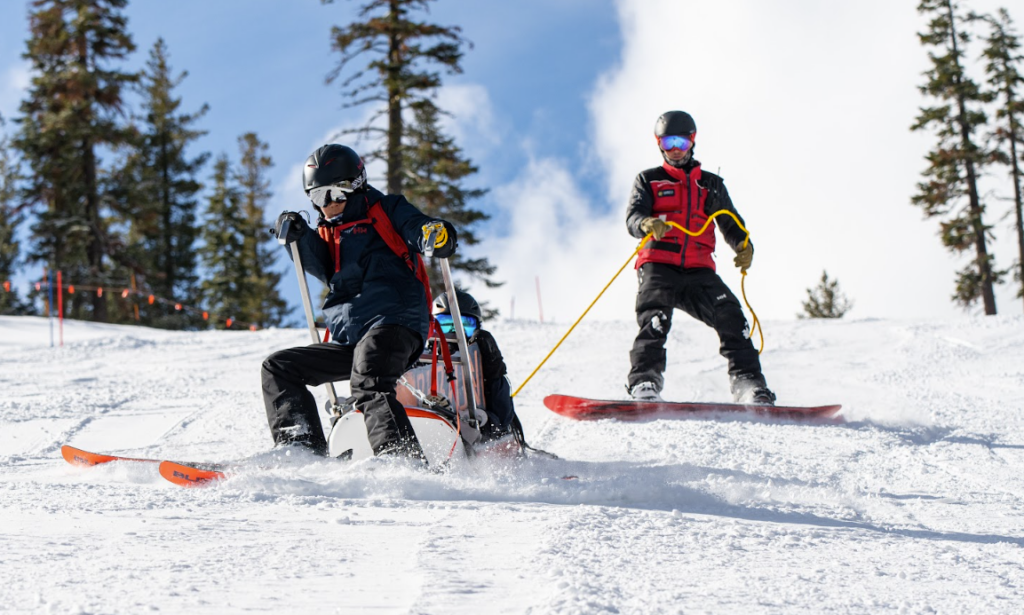
Amy Warren, Executive Director of the Northstar Team Foundation, noted, “This is definitely different than anything else that is done in Tahoe.” The free program provides uniforms sponsored by Helly Hanson that the students can take home and lift tickets for anyone who doesn’t already have a pass.
The program’s 14- to 15-year-old participants start with understanding the basics of being a ski patroller. They visit bunkers, familiarize themselves with the daily routine, and learn crucial skills. These include CPR certification and splinting, sponsored by Sierra Rescue.
“They do live scenarios,” Amy explained. “So I’ll be flat out on the hill, and they have to come over and figure out what is actually happening.” This hands-on approach using real equipment ensures that by the end of the program, participants are well-versed in the challenges and responsibilities of a patroller.
One of the most rewarding aspects of the program, according to Amy, is watching the kids’ transformation. “They come in a bit reserved and unsure,” she said. “By the end, they have such a sense of agency. They can clearly articulate their needs during practice scenarios; they’re on the radio, they’re calm and professional.”
The program does more than train youngsters; it creates “stewards of the mountains and safety ambassadors for the next generation,” as Amy put it. Participants emerge with a deeper appreciation of the mountain and the safety mechanisms in place. They understand the importance of signage, the role of ropes, and the enormous responsibilities that patrollers bear.
The success of the Junior Patrol program can be credited to individuals like Sammy Hawkins, a key figure in the program’s conception and execution. With her dual roles in Sierra Rescue and Northstar Patrol, Sammy has been pivotal in shaping the curriculum and ensuring it remains engaging year after year.
“It was the coolest experience of my life,” recalled Phoebe Bruns, a former program participant. “We even went on one minor call, and I got to help.”
The Northstar Junior Patrol Program will be open to six athletes this season. To be eligible for the program, students must be in grades 8-10, at a level 7 skiing ability, be available for all program dates, and submit an application. Program dates for the 2023/2024 season are January 20-21 and February 3-4 with a shadow day in March.
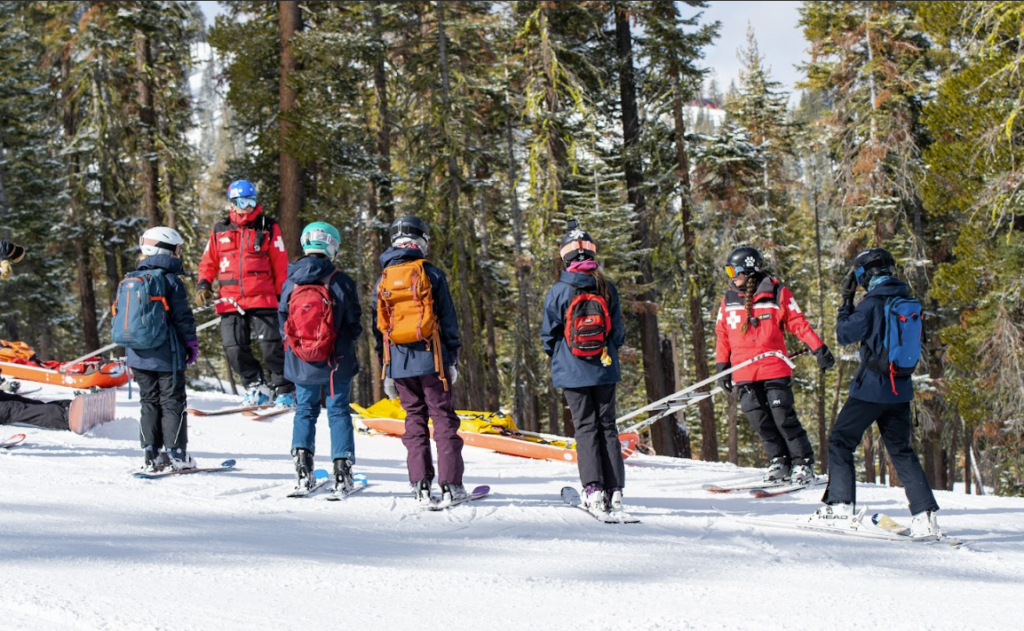
Applications are accepted from December 1 through early January 6. The announcement of people chosen for the Junior Patrollers comes in mid-January. To apply, submit a video essay and email to NSjuniorpatrol@gmail.com. Your video must include your interest in the program, a favorite lifetime experience, and footage of yourself skiing.
The next time you’re out carving new lines, remember the indispensable role of the ski patrollers who make it possible. They do it for the love of skiing, the mountain, and your safety. One glaring issue is the modest pay that doesn’t reflect the level of expertise and risk involved in the job. Phoebe reminds us: “If there’s no ski patrol, you’re not safe.”
As the sun dips below the horizon, the ski patroller takes a final glance over their territory. Their day might be long, and the pay might not be the best, but the love for the mountain, the thrill of the slopes, and the camaraderie among peers make it all worthwhile. For them, every new day is another chance to dance with the elements, and they wouldn’t have it any other way.
Thanks to Northstar California Resort, Palisades Tahoe, and Tahoe Donner Ski Resort for the photos.